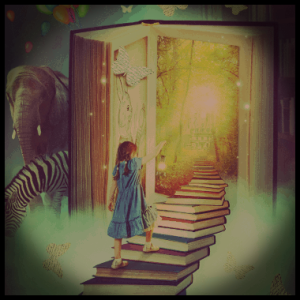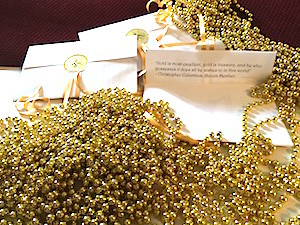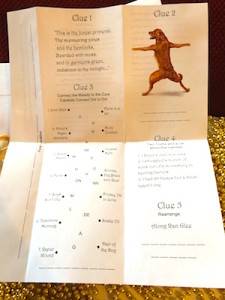There is something magical about the postman. They come to your door bringing unpredictable goodwill and gifts. We discount it because so often it is unasked for advertisement – but mail can be magical. The nostalgia for the letters of notable people and love letters wouldn’t be so strong if it wasn’t.
When you create and send something, or know something is coming your way you have a delicious period of waiting and then you get or give an physical object that has been touched and marked by someone you know and love. It is a connection across time and space, a bridge between two people – sender and receiver.
I fell down a deep rabbit hole today of subscription boxes. There are some amazing things that can be sent to you every month – for a price of course – but sometimes it is worth it for a little excitement on the doorstep. I’ve chosen the ones that give you something to learn or experience.
Or maybe just regular ‘ole letter writing is your style? This society is delightful and the idea of creating art for my friends is intriguing. Here’s a helpful guide if you forgot how to write a letter.
But who to write to? Well here are some good ideas:
- Yourself
- A Refugee cause, this.
- The Editor
- Random People Who Need Love
- A Solider, or Two
- A Prisoner – though that can be quite intense.
- Human Rights
- An Elder
- Sick Children
- Really Sick Children
- Or Your Mother! jeez.
 Then what is it? I believe this to be true broadly – but when thinking of myself I tend to list things I’m good at – or was good at once. As an adult, without grades or trophies as victory points, the ways to objectively judge your ‘goodness’ have shrunk to your relative income (cause everyone envies someone).
Then what is it? I believe this to be true broadly – but when thinking of myself I tend to list things I’m good at – or was good at once. As an adult, without grades or trophies as victory points, the ways to objectively judge your ‘goodness’ have shrunk to your relative income (cause everyone envies someone).


 Alternate reality games (ARGs) are immersive stories that offer a different and secret worldview. Through books, websites, personal messages and other types of media the gamemaker creates an another reality that is not, but could be. Many ARGs have been based on conspiracy theories and filled with suspense and danger – accessible only by adults of a certain mindset. Wildly popular games like “The Beast” which promoted the movie AI or “I Love Bees” which promoted the video game Halo have certain things in common, they were sponsored by corporations and meant to promote a certain product, they rely heavily on electronic media such as text messages, websites and message boards, they were too difficult to solve on your own and they centered around dark and paranoid story lines that pushed the line between game and reality.
Alternate reality games (ARGs) are immersive stories that offer a different and secret worldview. Through books, websites, personal messages and other types of media the gamemaker creates an another reality that is not, but could be. Many ARGs have been based on conspiracy theories and filled with suspense and danger – accessible only by adults of a certain mindset. Wildly popular games like “The Beast” which promoted the movie AI or “I Love Bees” which promoted the video game Halo have certain things in common, they were sponsored by corporations and meant to promote a certain product, they rely heavily on electronic media such as text messages, websites and message boards, they were too difficult to solve on your own and they centered around dark and paranoid story lines that pushed the line between game and reality.







